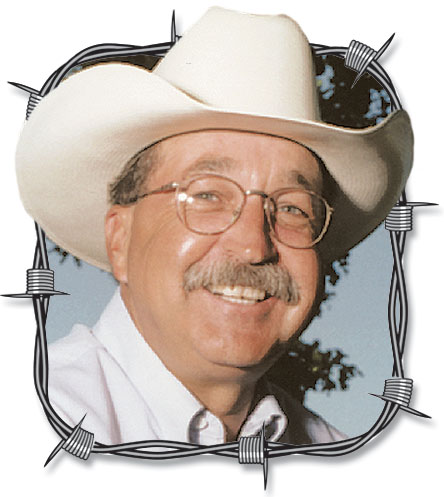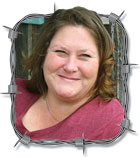 From the time I first made the livestock judging team as a freshman in high school, I’ve always admired and appreciated high-quality animals. Having been fortunate enough to be asked to judge major cattle shows like the American Royal and National Western, I’ve also learned to hold in the highest regard, the men and women who possess the ability, and resources, to produce these wonderful creatures. So, when I stopped by a young friend’s place a few weeks ago and we drove through his pastures, I had to smile when he apologized for the “less-than-average” appearance of his herd.
From the time I first made the livestock judging team as a freshman in high school, I’ve always admired and appreciated high-quality animals. Having been fortunate enough to be asked to judge major cattle shows like the American Royal and National Western, I’ve also learned to hold in the highest regard, the men and women who possess the ability, and resources, to produce these wonderful creatures. So, when I stopped by a young friend’s place a few weeks ago and we drove through his pastures, I had to smile when he apologized for the “less-than-average” appearance of his herd.
“No need to apologize,” I submitted, “as long as you’re making money.” I then proceeded to relate to him, my beginning years of making a living from cattle.
When I quit my teaching career and turned to earning a living from cattle, I would attend local (and sometimes distant) auctions to purchase what I now affectionately call “trash cows.” With limited resources, I would buy what other farmers and ranchers were culling from their herds. Older cows, cows that were missing an eye or a teat (or two), off-colored, unpopular breeds, horned, thin or just plain crazy were my choices, but most all were bought at a significant discount. I would breed them to a good bull, keep them for one or two calves, then sell them, almost always for more than I gave.
I can remember when one of my former colleagues from the university asked if he could bring his beef production class out to tour my farm. I agreed, and after an hour of driving the van through my herd and listening to my philosophy on the cattle business, I asked the class if they could tell me what two characteristics all of my cows had in common? The silence was broken only by the thumbing through of note papers by the students. Even the old professor was scratching his head and had a dumbfounded look on his face. As the class looked out over the cows that surrounded the bus, the students saw cows of every color, size, breed, and body condition, one student finally answered, “They’re all alive – today.”
I laughed, and replied, “Well, then, I guess there are three things.” I then proceeded to answer my own question by instructing the class that all of my cows produced milk, and they were all cheap.
Back to my young friend who had apologized for the appearance of his cow herd.
“I had no idea you started out with ‘my’ kind of cattle, because your cows look so nice, now,” he stated.
I thanked him for the compliment, but reminded him that “his” kind of cattle had paid for the place. I still like to look at “pretty” cattle and I’m certainly gratified when I look out across my pastures with the quality of animals that I’ve been able to put together, but I remind myself, daily, that pretty is not always the most profitable. Sometimes…ugly, mean, and cheap are good things. That’s something I remind my wife of daily.
Jerry Crownover farms in Lawrence County. He is a former professor of Agriculture Education at Missouri State University, and is an author and professional speaker. To contact Jerry, go to ozarksfn.com and click on ‘Contact Us.’






